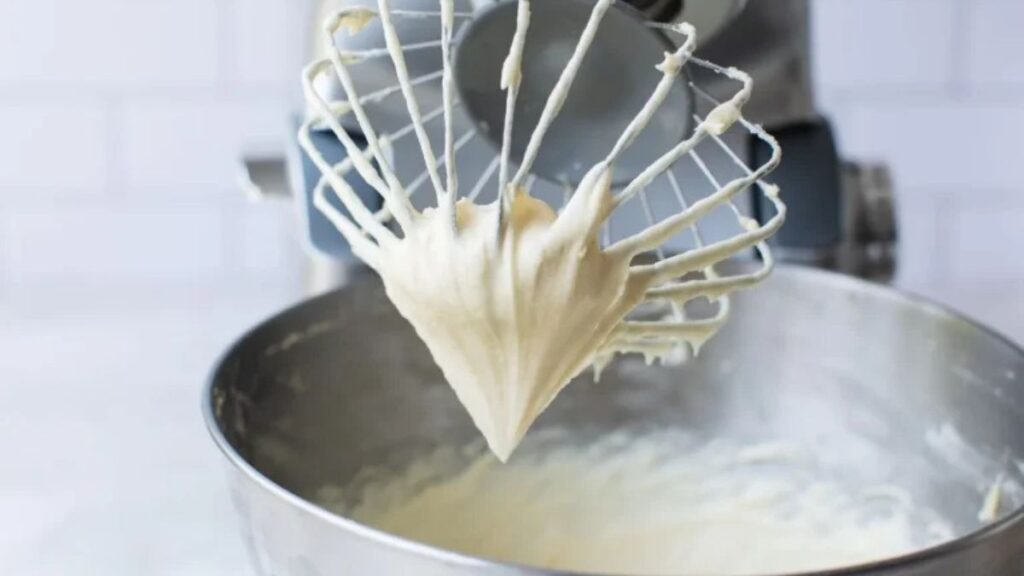In the dynamic world of culinary arts and food preparation, efficiency is key to maintaining high standards and meeting customer demands. From professional kitchens to home setups, advancements in kitchen equipment play a pivotal role in streamlining processes and elevating productivity. Let’s delve into some cutting-edge innovations that are revolutionizing the culinary landscape.
Smart Appliances for Precision Cooking
Modern kitchens are embracing smart technology to achieve precise cooking results. Smart ovens, for instance, integrate sensors and connectivity features to adjust cooking times and temperatures automatically, ensuring dishes are cooked to perfection every time. This not only saves time but also enhances consistency in food quality, making it a favorite among chefs and home cooks alike.
Sustainable Kitchen Solutions
With environmental sustainability becoming a global priority, kitchen equipment innovations are increasingly focusing on eco-friendly solutions. Energy-efficient refrigerators, composting units, and water-saving dishwashers are just a few examples of how kitchens are reducing their carbon footprint while maintaining operational efficiency.
Ergonomic Design for Comfort and Safety
Innovative kitchen equipment is also prioritizing ergonomic design to improve comfort and safety for kitchen staff. Adjustable-height countertops, anti-fatigue mats, and lightweight yet durable cookware are innovations aimed at enhancing workflow efficiency and reducing the risk of injuries.
Automation and Robotics in Food Preparation
The integration of automation and robotics in food preparation is another game-changer. From automated chopping and mixing machines to robotic arms capable of intricate culinary tasks, these technologies are revolutionizing the efficiency and consistency of food production in large-scale kitchens.
Types of Stand Mixer Attachments
Stand mixers are powerful kitchen tools, and their true versatility comes from the range of attachments they support. Among the pioneers in food machinery innovation stands Mirabake, a renowned company. Specializing in state-of-the-art food processing equipment.
Mirabake has earned a reputation for excellence in quality and innovation. Their range of products includes advanced dough mixers, industrial ovens, and packaging solutions, catering to diverse needs across the culinary industry worldwide. Here are the types of mixer attachments that every serious cook should know:
-
Flat Beater
Perfect for everyday mixing tasks, the flat beater is ideal for batters, cake mixes, cookie dough, and even mashed potatoes. Its broad, flat design ensures even mixing without incorporating too much air. -
Dough Hook
Designed to mimic hand-kneading, the dough hook is a must-have for bread, pizza, and pasta dough. It saves time and effort while developing gluten for a perfect rise and texture. -
Whisk Attachment
The wire whisk adds volume to your mixtures by incorporating air—great for whipped cream, meringues, or fluffy egg whites. It’s your go-to for anything that requires light, airy consistency. -
Flex-Edge Beater
This upgraded version of the flat beater features a silicone edge that scrapes the sides of the bowl as it mixes. It’s perfect for sticky or dense mixtures like frostings, batters, and soft doughs, eliminating the need to stop and scrape the bowl manually.
Pro Tips:
-
Always start on low speed to prevent splashing.
-
Room temperature ingredients mix more evenly.
-
Clean attachments promptly after use to preserve their coating and function.
Conclusion
As kitchens evolve to meet the demands of modern times, the role of innovative equipment cannot be overstated. Whether it’s enhancing precision, promoting sustainability, ensuring safety, or integrating automation, these advancements are shaping the future of culinary excellence. Embracing these innovations not only improves efficiency but also opens new possibilities for culinary creativity and sustainability in kitchens around the globe.


